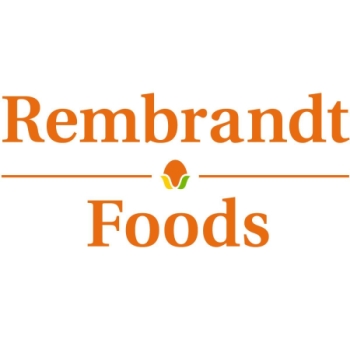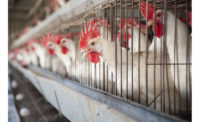McDonald’s has stated a commitment to using only cage-free eggs at its locations in the U.S. and Canada. And when McDonald’s talks, the industry listens. After all, the fast-food giant uses around 2 billion eggs per year in the U.S. alone.
Burger King got the jump on its QSR rival and has intentions of going completely cage-free by 2017. Other companies that have likewise noted plans for using only cage-free eggs include Dunkin' Donuts, Starbucks, Panera Bread, Sara Lee, Unilever, Nestlé, Aramark, Sodexo, Costco, General Mills and Post Holdings.
Clearly, cage-free has captured significant mainstream momentum. To get a better grasp on what this means for bakery, we reached out to Jonathan Spurway, VP, marketing and optimization, Rembrandt Foods, Rembrandt, IA. We also used this opportunity to get an update on the current avian influenza situation.
Douglas J. Peckenpaugh: Why has Rembrandt Foods made such a significant investment into cage-free egg production?
Jonathan Spurway: We see cage-free as the future of the egg industry. We have customers asking us for cage-free egg solutions, and it is our goal to be able to provide these solutions to our customers. Our vision is to become the leading global egg supplier, and we see this in part being done through cage-free egg production.
DJP: What is the current supply situation for cage-free egg products that are available to U.S. bakers?
JS: The current supply in the U.S. is limited. Approximately 6 percent of the U.S. laying flock is cage-free production. The announcement of major food industry players—such as McDonald’s—committing to a cage-free supply chain will influence the industry toward more cage-free laying facilities.
 DJP: Do you see use of cage-free egg products in foods like baked goods—and clearly indicated as such on product packaging—as a potential point of differentiation and a sign of the maturation of cage-free?
DJP: Do you see use of cage-free egg products in foods like baked goods—and clearly indicated as such on product packaging—as a potential point of differentiation and a sign of the maturation of cage-free?
JS: Most often, the cage-free label is seen on shell egg packaging. There are some packaged goods such as mayonnaise brands that advertise that their product is made with cage-free egg products. With trends pushing toward cage-free, it’s not out of the question that consumers will see more foods, such as baked goods, with the cage-free label on packaging. Part of this drive will be from the consumer either wanting this choice or requiring this choice. Currently, most food ingredient or foodservice companies are proclaiming their cage-free usage through sustainability statements or animal welfare commitments.
DJP: How does cage-free fit into egg trends—and overall food trends—in the U.S.?
JS: Consumer trends are demanding that their food comes from a sustainable, humane source. The number of foodservice and food ingredient companies that have made cage-free commitments over the past year alone has been overwhelming.
DJP: How will Rembrandt Foods protect its cage-free operations from potential exposure to the current highly pathogenic avian influenza (HPAI) H5 virus?
JS: As we work with our customers, two of our key focuses are on supply security and biosecurity that provide cost-effective supply solutions. We see that geographical diversification as an important measure to ensure supply security. The spread of AI has still not been fully understood, and there is no one vector of spread. As a result, we continue to learn, and increased our already high biosecurity measures to do our best to protect our birds.
DJP: What is the current status of HPAI H5 in the egg industry?
JS: The majority of farmers are beginning to repopulate their facilities, as state and country quarantines are lifted and authorization to repopulate is given. There has not been an outbreak in the U.S. since early June. The government suspected that there could be another outbreak this fall, but we haven’t seen anything yet. The first outbreak last year was in December, so the potential of it still resurfacing is still there.
DJP: How has Rembrandt Foods overcome the challenges that HPAI H5 has posed to the industry?
JS: Aside from being focused on the cleanup and repopulation process, we’ve shifted our business model by going out and sourcing eggs internationally. We’ve procured shell eggs and then shipped them to the U.S. where we’ve been breaking them and processing them. This has provided our customers not only with an alternative solution, but with added security. If AI were to resurface, we have an alternative U.S. supply.





